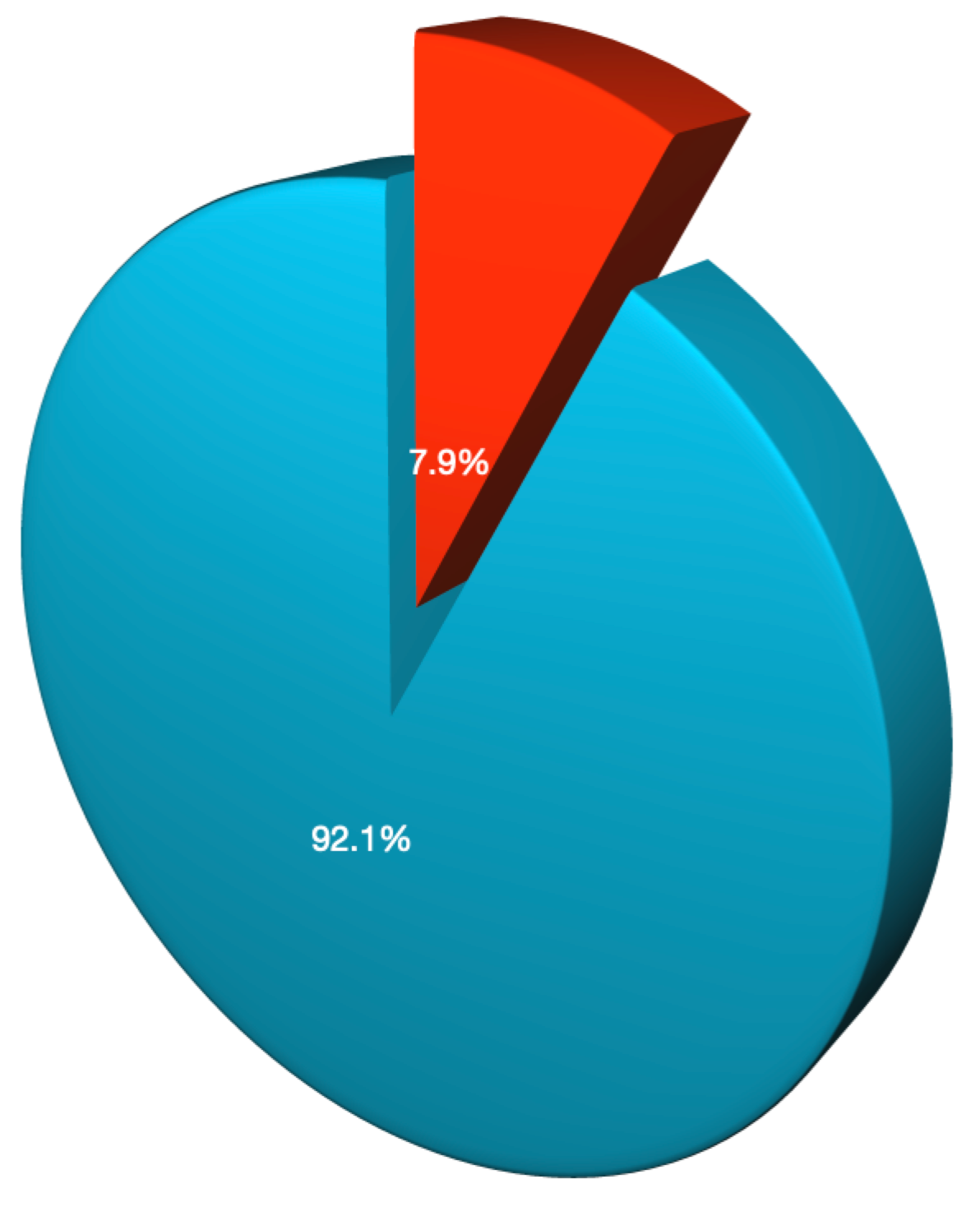

Several tools help us see our stormwater data in context with our entire region. Perhaps one of the most comprehensive tools is our data displayed through Water Reporter. The link below opens a view of our data.
To open in a new tab, Control+click on Windows or Linux and Command+click on a Mac.
Another way to view the impact of municipal stormwater that pours into the Salish Sea is to compare the number of measurements that exceeded state threshholds against our total number of samples.

Most people may think of the pollution percentage in stormwater as a fixed ratio. Our experience and data shows that pollution concentrations vary widely over time from the same sampled outfall pipe.
A tiny minority of our measurements show that the pollution concentrations are steady over time. Most outfalls pulse over time with higher and lower measurements due to numerous causes:
| Parameter | State Threshold | Must Be… | Indicates… |
|---|---|---|---|
| Water temperature compared to air temperature | < 3 degrees C. | more than 3 degrees C (5.5 degrees F) cooler than air. | a possible unsafe chemical reaction or illicit discharge |
| Conductivity | < 500 uS/cm | below 500 uS/cm then good. | a possible presence of chemicals in the stormwater, like fertilizers. |
| pH | > 5 or < 9 | greater than 5 but less than pH 9 then good | whether stormwater is too acidic or alkali for marine habitat. Just like people, marine life preferes pH neutral water (pH 7). |
| Dissolved Oxygen | > 6 mg/L | above 6 is good | sufficiency of oxygen bubbles in the stormwater. Low oxygen levels do not support marine life. |
| Turbidity | < 50 NTU | below 50 is good | the quantity of suspended solids in stormwater. Too much turbidity hinders fish reproduction. |
| E.Coli | < 320 CFU | below 320 is good | the concentration of E. Coli bacteria colonies in 100 ml (3.38 fl. oz.) of stormwater. Too high and nearby shellfish beds must be closed to harvesting. High concentrations of E. coli are a health hazard to humans and pets. |
| Enteroccocus | < 320 CFU | below 320 is good | the concentration of enteroccocus bacteria colonies in 100 ml (3.38 fl. oz.) of stormwater. Enteroccocus is another fecal bacteria that can make humans sick and shellfish dangerous for human consumption. This bacteria can survive in sea water where E.Coli cannot. |